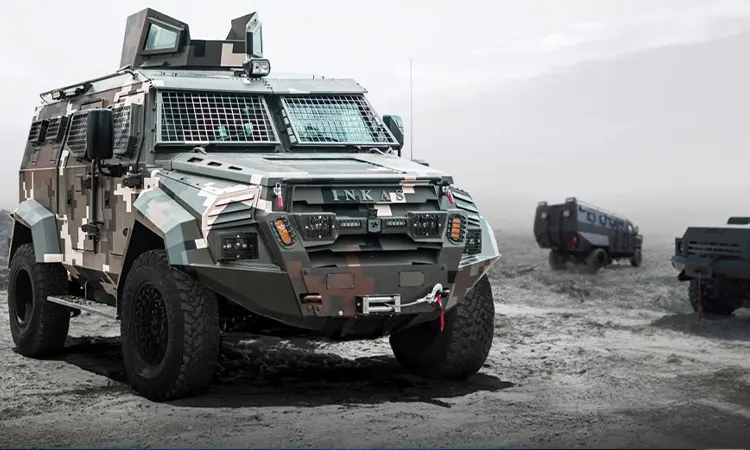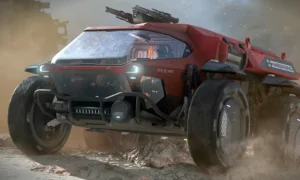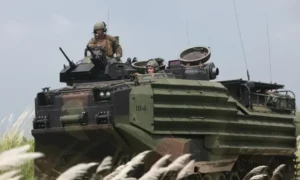Alright! Gather up if you are interested in any kind of war machine, as we’re going to dive into their different types, especially those who are ruling the battlefields.
It doesn’t matter if you’re just a fan, want to know more about these giants or are looking for something to buy or sell. Wanna know more about the kings and queens of war zones?
You’re in the right place. In the following we mention some of the coolest boys and provide you with different information you may need, and analyze their role in the U.S Army and all over the world.
Armored Vehicle Types
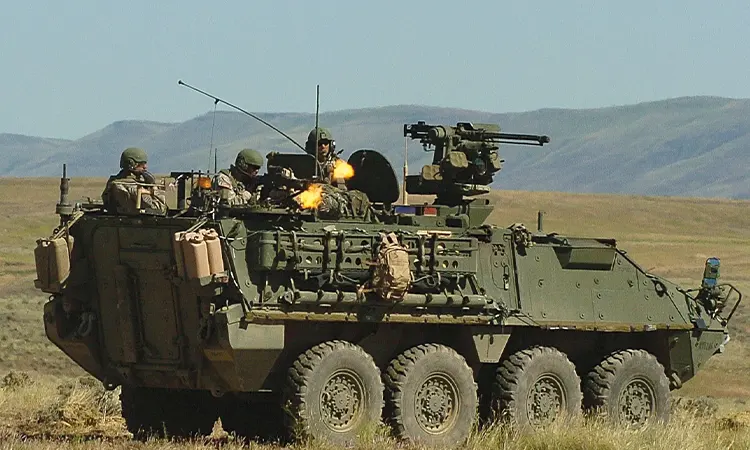
The word “armored” carries a huge duty, as their job is to keep the soldier’s lives safe, when they are fighting for their country. They are designed to withstand bullets, explosions and shrapnel and ensure the safety of occupants in extreme conditions.
In fact, there are different types of armored vehicles that have different duties, having the same purpose in mind. Follow me if you want to know their differences.
1. MBTs or Main Battle Tanks
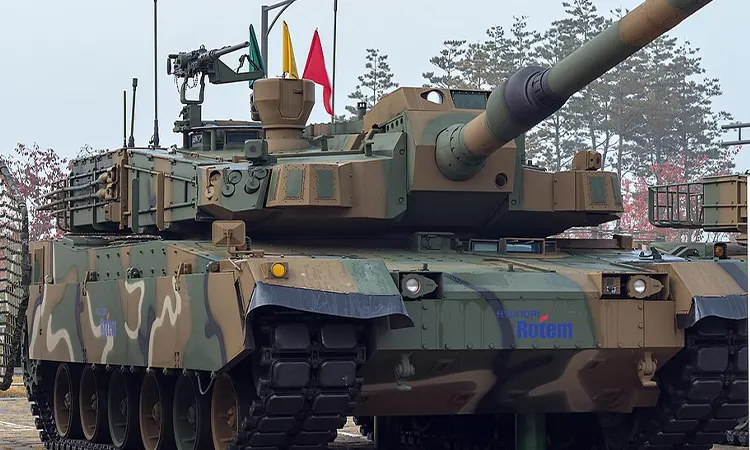
Meet the heaviest boys in warfare, in all the world. Equipped with a smart targeting system, solid weapons and thick armor, main battle tanks left nothing to complain about.
MBTs play a prominent role when engaging with enemy forces. The M1 Abrams, one of the most famous MBTs, is known for its operative firepower and mostly impenetrable armor.
2. APCs or Armored Personnel Carriers
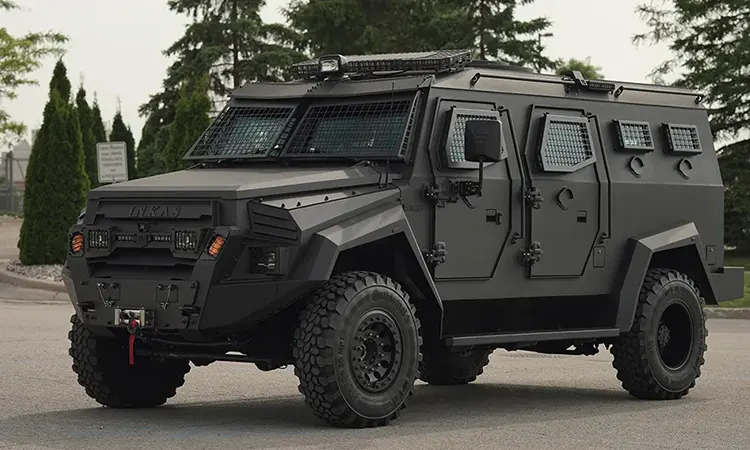
When comparing APCs with MBTs, it’s obvious that APCs are armored, but lighter. But why? The main goal of an APC is to transport soldiers in from the battlefield and to carry them safely.
As a result, they are much lighter and can move faster. They are essential for covering the troop, while they are busy with the operation. So, the variety of the weapons an APC carries, couldn’t surprise anyone.
3. IFVs or Infantry Fighting Vehicles: APCs’ cooler brother
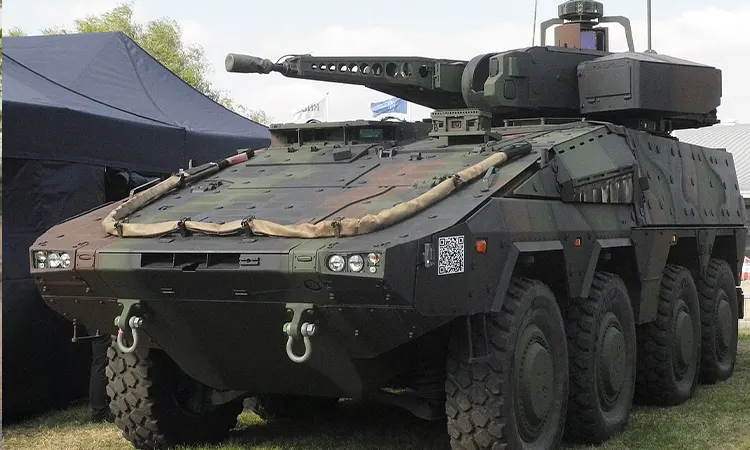
These biggies are much more than transporters. That’s why we say that they are cooler than APCs. Heavily armed with weapons, they carry the soldiers and provide them firepower, as well. Machine guns and autocannons are ready to give a hand to both infantry and armored targets.
4. MRAPs or Mine Resistant Ambush Protected
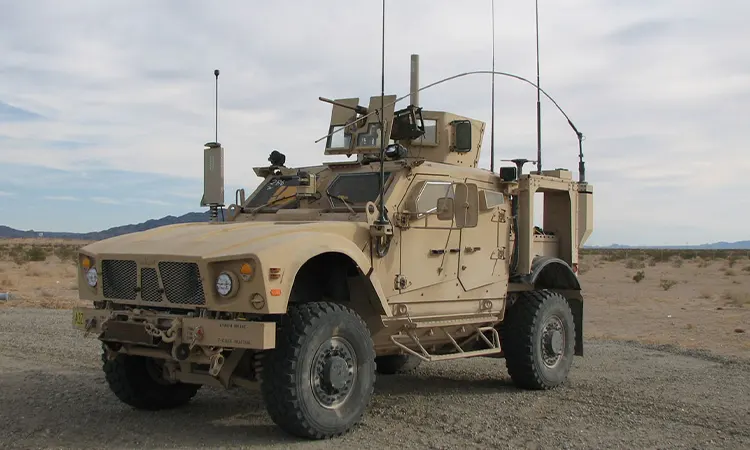
Wanna meet the enemies’ nightmare? The MRAP with its V-shaped body, can withstand landmines, explosions and Improvised Explosive Devices (IEDs). Almost no other vehicle can survive in these extreme situations. IEDs are a serious threat in modern warfare.
5. LTVs or Light Tactical Vehicles
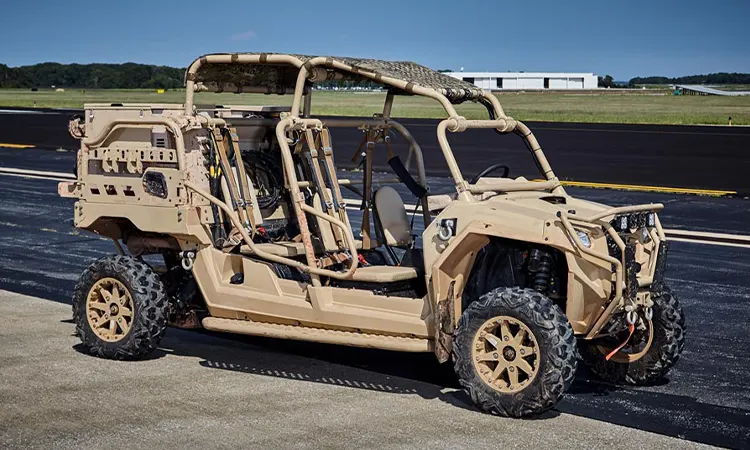
Alright! Let me introduce one of the fastest vehicles. LTVs are designed for transporting small groups of soldiers and reconnaissance. As they are fast in comparison with other military vehicles, they can provide fire support in specific situations.
List of remarkable types of armored vehicles
Well, let’s say that you know different types of armored land vehicles, let’s get closer to the details. Now it’s time to talk about real examples that can fire on the battlefield. These giants are designed with the latest technology and AI, by the most skilled technicians. They are smart, strong, fast enough and accurate.
Key Armored Military Vehicles and Their Capabilities
| Vehicle | Category | Main Purpose | Key Features |
|---|---|---|---|
| M1 Abrams | Main Battle Tank | Frontline Combat | 120mm Cannon, Heavy Armor, Smart Targeting |
| Bradley IFV | Infantry Fighting Vehicle | Transport & Fire Support | 25mm Chain Gun, TOW Missiles |
| Lynx IFV | Infantry Fighting Vehicle | Infantry Protection | Customizable Weapons, Autocannon |
| VAB | Armored Personnel Carrier | Troop Transport | Multi-role, Configurable Equipment |
| Humvee | Light Tactical Vehicle | Versatile Transport | High Mobility, Light Armament |
1. M1 Abrams tank
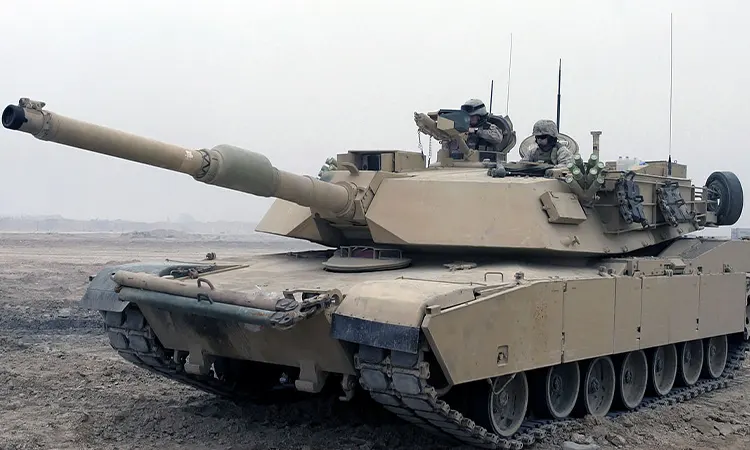
This old man has been in warfare since the 1980s. With its smart targeting system, 120mm cannon and impenetrable armor, it always shows off and makes others terrified.
We can say that it’s the main military vehicle of the U.S. Army, which is upgrading to stay fresh as the first day. Many wars including the Iraq War and the Gulf War had had this biggie in the battlefields.
2. Bradley Infantry Fighting Vehicle (IFV)
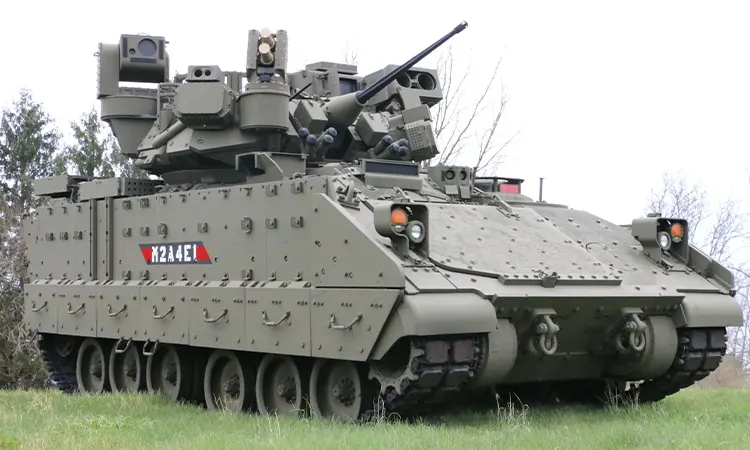
This vehicle is an all-in-one with noticeable firepower and being fast at the same time. As a key vehicle in the U.S. Army, Bradley is always ready to transport the soldiers and provide them with weapons such as a 25mm chain gun and TOW missile system. The result is protecting and attacking at the same time.
3. Lynx IFV
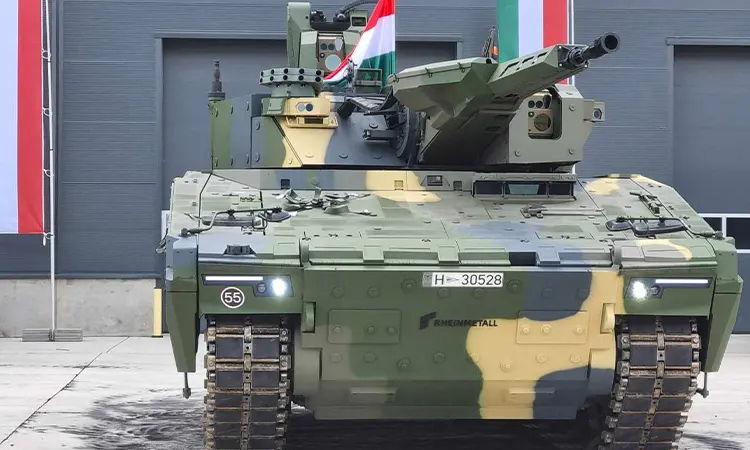
Built by Rheinmetall, this vehicle is timeless. Having high-tech systems and being armored, makes it one of the best options for beating enemies and protecting infantry, together.
It’s equipped with different weapons and can carry 9 people. This beast is customizable, meaning that it can be upgraded with different weapons, sensors and other equipment. 30 or 35mm autocannon with that speed, is the enemy’s nightmare.
4. VAB
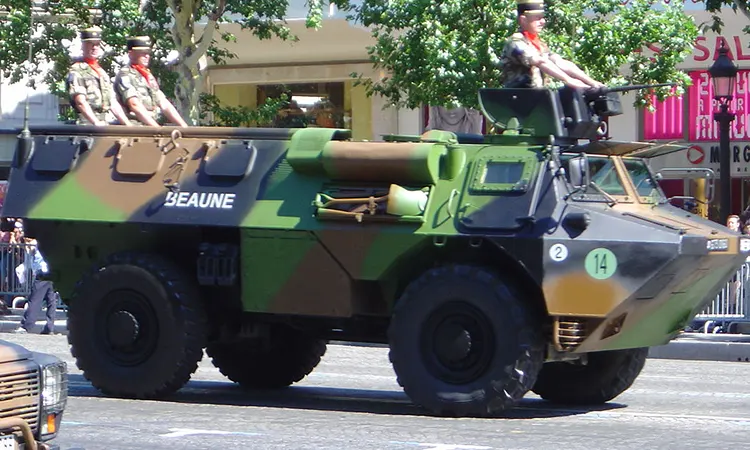
This French boy is as old as M1 Abrams. VAB is light, strong and ready to fight. Its main duty is to carry personnel safely. But the customizability and all the upgrades let the army use it as an ambulance, a transporter or a command vehicle.
VAB is still kicking in the battlefields and many armies are using it now. It can be equipped with many weapons, meaning that VAB can handle different missions with different purposes.
5. Nimr 4*4
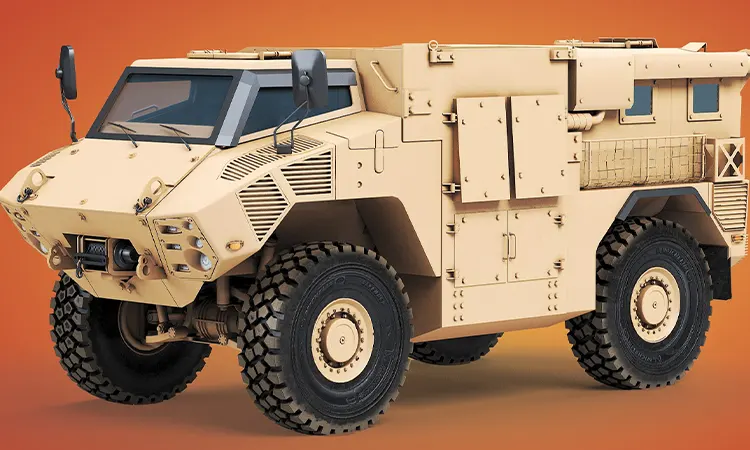
When talking about military vehicle names, Nimr 4*4 can’t be missed. It’s mostly used by the Arab Emirates (and other countries). It is light and fast and can handle difficult terrains.
You can equip it with different weapons for different missions, such as a machine gun or an anti-tank missile. Don’t be fooled by its size, it is heavily armored and strong.
6. Humvee
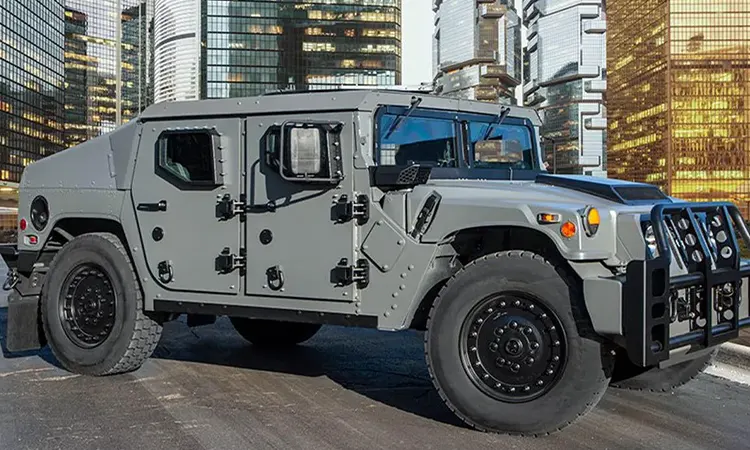
The Humvee is another famous boy. A versatile military vehicle, famous for its speed (one of the best for transporting troops) with a light weapons platform. With its large tires and powerful engine, it can easily handle difficult terrains.
The role of armored vehicles in modern warfare
Nowadays, being heavy and big isn’t enough at all. If an army wants to be highlighted in the world, it should use modern technology in its army. But what does it even mean?
Now is the age of technology and an army isn’t an exception. Armies have to upgrade their vehicles and weapons to win the wars. And armored ones are even more important.
Armored vehicles were so big and heavy and couldn’t move easily. Now, the army is trying to use the smaller, more mobile and lighter models, so they can move and navigate fast and protect the soldiers, as well.
Armored vehicles are not just about defense, they should be a part of offense, too. They should carry weapons such as anti-tank missiles and autocannons to provide the soldiers with what they need to win.
High-tech vehicles have anti-mine sensors that help them survive in the battlefields. Being small, light, and smart and having heavy armor at the same time is the key to winning in today’s wars.
The future of armored military vehicles: Trends and modern systems
All the world is involved with AI and the effect it has on different aspects of life, and the military is not an exception. The future of military vehicles depends on AI. In the future of the military world, strength wouldn’t be enough at all. Advanced targeting systems, high-tech navigation and sensitive sensors are just a small part of the future.
- Electric and hybrid power: The future of the military would be green, too. No more fuel will be needed in the future of the military world. This helps the environment, reduces pollution and enhances the strength of the machines and weapons.
- Data, the latest weapon: Everything is about information and data, these days. The future armored vehicles use AI to understand enemy strategies and make their own strategies.
- Stealth armor: Being lighter, stealthier and tougher at the same time is the main purpose of armored vehicles, making them strong, fast and unnoticeable at the same time.
Final thoughts
Whether you’re a history nerd, interested in cutting-edge tech or want to stay informed about this topic, knowing different types of armored vehicles and details about them, would be a help.
These giants are developing rapidly. AI can take control of anything; meaning that tanks will not need even a driver in the future. The information about these biggies gives you a better insight into their actions.
FAQs
1. Can someone actually buy real armored military vehicles today?
Believe it or not, yes. You will not be driving away with a fully loaded battle tank straight from the military, but declassified or civilian-approved versions of Humvees, troop carriers, and even old jeeps are available. A decent place to start looking is sites like Miltrade, where military collectors and enthusiasts place ads for used armored vehicles and military hardware.
2. How does an IFV differ from an APC?
Thats one I used to ask myself as well. While they might seem the same at first , they perform different roles on the battlefield. APCs (Armored Personnel Carriers) are just for the protected movement of troops from place to place. IFVs (Infantry Fighting Vehicles) do the same thing but with heavy guns, They’re equipped with autocannons and the like and are meant to support soldiers during actual fighting, not just take them there.
3. Why are modern armored vehicles getting smaller and lighter?
In short? Speed and survivability. The battlefield has changed. It’s no longer about who has the heaviest tank—it’s about who can move faster, stay hidden, and react quickly. Smaller vehicles can navigate tricky terrains, avoid IEDs, and rely on tech like AI and smart armor for protection. That’s why you see the U.S. Army investing in things like MRAPs and LTVs more than the traditional massive war wagons.
4. Are there business opportunities around these vehicles for younger entrepreneurs?
Absolutely. If you’re into military history, mechanics, or even just gear and collectibles, there’s space for you. Young vendors are now restoring decommissioned vehicles, creating mini replicas, selling tactical gear, or designing accessories inspired by military tanks and old military jeeps. Sites like Miltrade offer a cool place to showcase these products to a community that genuinely appreciates them.
5. What role will AI and electric power play in future military vehicles?
It’s already happening. We’re seeing early prototypes of autonomous tanks, hybrid troop carriers, and smart navigation systems that use AI to make real-time decisions on the battlefield. These upgrades mean better strategy, less fuel usage, and ultimately fewer risks to human lives. The next wave of military vehicles won’t just be stronger they’ll be smarter and cleaner too.
